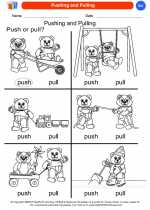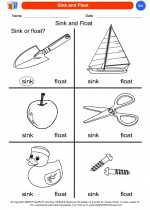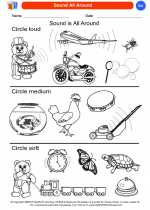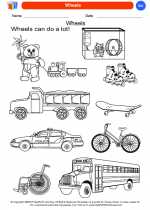Dispersal in Science
Dispersal in science refers to the movement of plants, animals, or seeds away from their original location. This process is essential for the survival and growth of different species in the ecosystem.
Types of Dispersal
There are several ways in which dispersal can occur:
- Animal Dispersal: Some plants have evolved to produce seeds that can be carried by animals. For example, burrs can attach to the fur of animals and be carried to new locations.
- Wind Dispersal: Some plants have seeds that are designed to be carried by the wind. These seeds are often lightweight and equipped with structures like parachutes or wings to help them float on the air currents.
- Water Dispersal: Some seeds and fruits are able to float on water, allowing them to be carried to new locations by rivers, streams, or ocean currents.
Importance of Dispersal
Dispersal plays a crucial role in the survival and diversity of plant and animal species. It allows organisms to find new habitats, escape competition, and colonize new areas. Without dispersal, many species would be limited to specific locations and struggle to survive.
Study Guide
To study dispersal, you can explore the following activities and questions:
- Seed Dispersal Experiment: Observe different types of seeds and test how they are dispersed. Try dropping seeds from a height to see which ones are carried by the wind and which ones fall straight down.
- Animal Dispersal Study: Research and discuss how animals contribute to the dispersal of seeds. Look at examples of seeds that have adaptations for animal dispersal, such as hooks or sticky coatings.
- Importance of Dispersal: Discuss the importance of dispersal in maintaining biodiversity and the balance of ecosystems. Ask questions like "What would happen if plants and animals couldn't disperse to new areas?"
By exploring these activities and questions, you can gain a better understanding of how dispersal contributes to the survival and growth of different species in the natural world.
.◂Science Worksheets and Study Guides Kindergarten. Pushing, Moving, Pulling

 Coloring Worksheet
Coloring Worksheet
 Coloring Worksheet
Coloring Worksheet
 Coloring Worksheet
Coloring Worksheet
 Coloring Worksheet
Coloring Worksheet
 Coloring Worksheet
Coloring Worksheet
 Coloring Worksheet
Coloring Worksheet
 Coloring Worksheet
Coloring Worksheet
 Coloring Worksheet
Coloring Worksheet
 Coloring Worksheet
Coloring Worksheet
 Coloring Worksheet
Coloring Worksheet
 Coloring Worksheet
Coloring Worksheet
 Coloring Worksheet
Coloring Worksheet
 Coloring Worksheet
Coloring Worksheet
 Coloring Worksheet
Coloring Worksheet
 Coloring Worksheet
Coloring Worksheet
 Coloring Worksheet
Coloring Worksheet
 Coloring Worksheet
Coloring Worksheet
 Coloring Worksheet
Coloring Worksheet
 Coloring Worksheet
Coloring Worksheet
